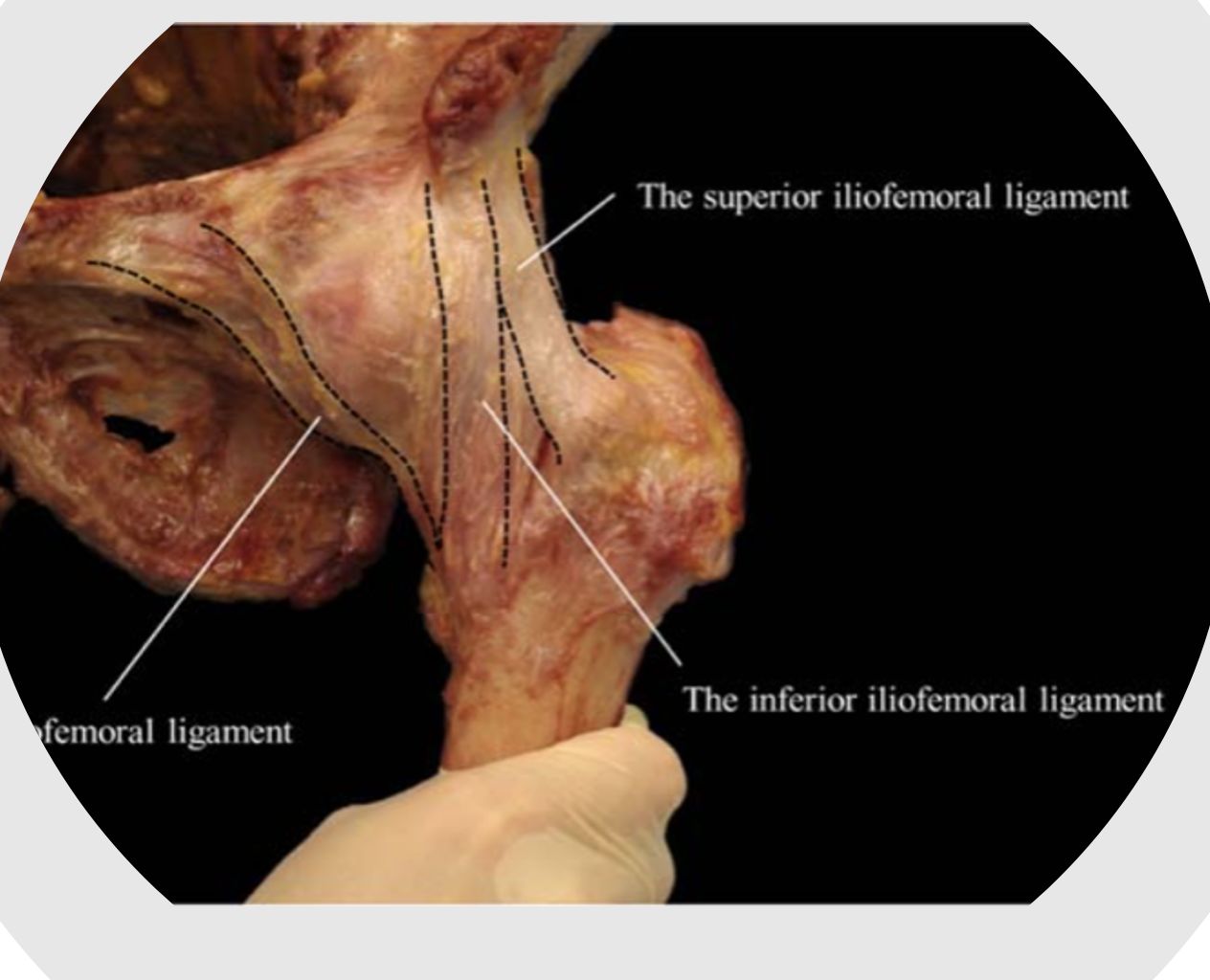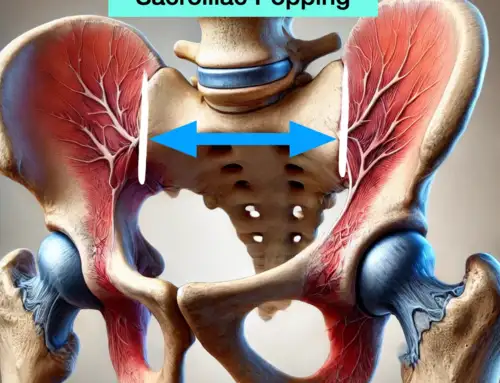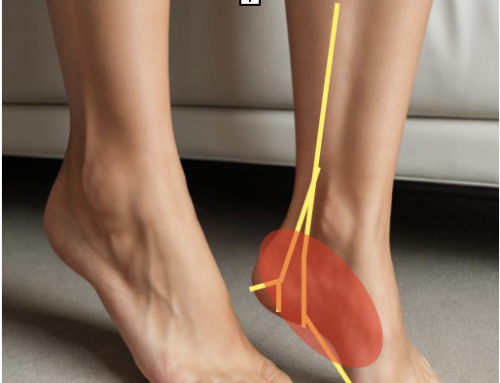Iliofemoral Ligament: Anatomy, Hip Joint Injuries, and Treatment
The iliofemoral ligament or Y-shaped ligament is a ligamentous band connecting the ilium and femur, stabilizing the anterior hip. This Y-ligament on of the hip joint is named by the orientation of the superior and inferior iliofemoral ligaments. The iliofemoral, pubofemoral, and ischiofemoral ligaments maintain the stability of the human hip.

How Does The Y-shaped Ligament Stabilize the Joint?
- The Superior Iliofemoral Ligament- Ligamentous structure provides superior/lateral stability of the anterior hip. It gives the stiffest strength into the external rotation when the hip is in a flexion position—necessary during deep squatting.
- The Inferior Iliofemoral Ligament- Medial positioning and more vertical orientation allow this ligament to resist hip extension and internal rotation during maximal hip extension such as sprinting.
Injuries
Hip ligament injuries generally only occur during hard falls, car accidents, or sporting injuries.
Clinical Pearl-
The superior and inferior iliofemoral ligaments are some of the most robust structures in the body. They are challenging to sprain or injure, so in the absence of significant trauma, treatment of the hip ligaments should be focused on the articular nerves innervating the hip.
The anterior hip ligaments are primarily innervated by the articular branches of the femoral nerve and obturator nerve. During anterior hip pain, dynamic stretches targeting the femoral nerve and its insertion into the iliofemoral ligaments are prioritized.
Our editorial practices include evidence-based practices, interventions, and recommendations.





